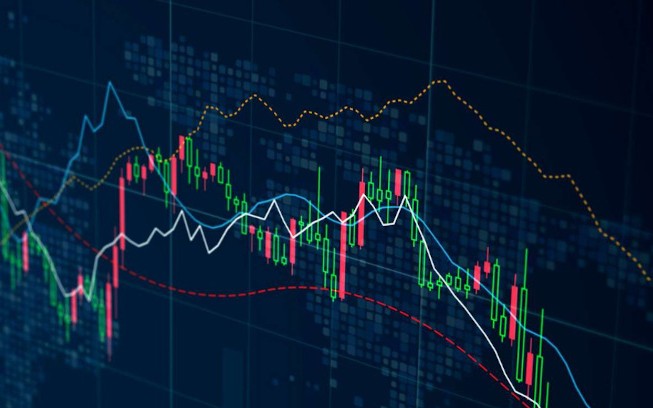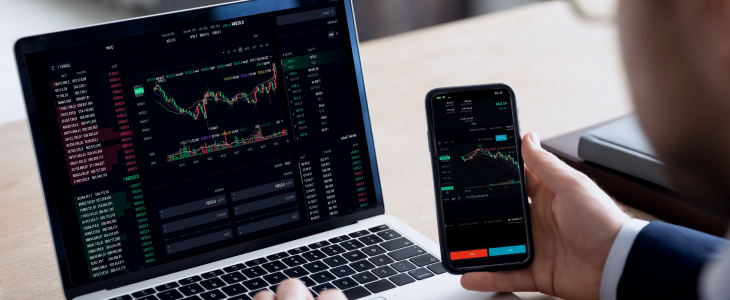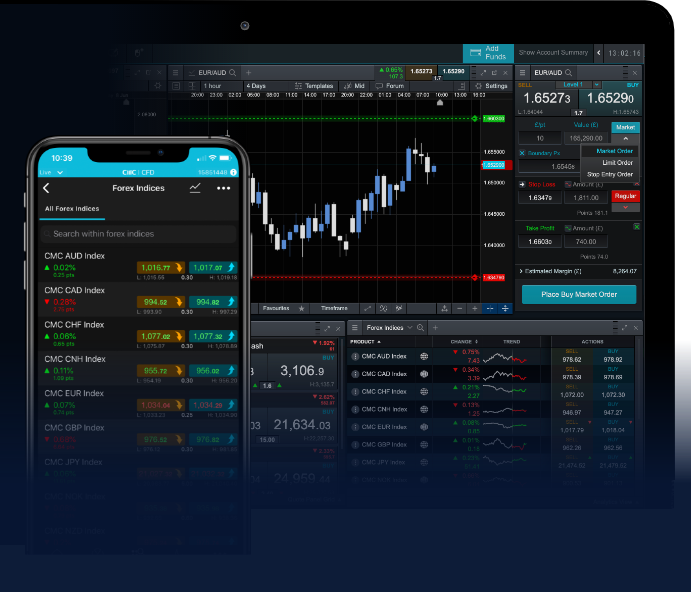
Understanding Forex Trading Signals: A Comprehensive Guide
In the fast-paced world of forex trading, the ability to make informed decisions is crucial for success. One of the essential tools traders use to enhance their decision-making process is the forex trading signal. These signals offer insights into market trends and potential trading opportunities. In this article, we will explore what forex trading signals are, how they operate, and how you can effectively use them in your trading strategy. If you’re looking for reliable platforms, you can check out forex trading signals Best South African Brokers.
What Are Forex Trading Signals?
Forex trading signals are indications or suggestions that guide traders on when to enter or exit a trade. These signals are generated based on various analyses of market conditions, including technical analysis, fundamental analysis, and sentiment analysis. They can be packaged as alerts, newsletters, or automated bots in various forms. Signals are crucial for traders looking to maximize their profits while managing risks effectively.
Types of Forex Trading Signals
There are several types of forex trading signals, each offering unique insights for traders. Understanding the various types is vital for improving your trading strategies.
1. Technical Analysis Signals
Technical analysis signals are derived from price movements and chart patterns over time. Traders utilize tools such as moving averages, Fibonacci retracement levels, and Relative Strength Index (RSI) to identify potential trading opportunities. For instance, a crossover of moving averages may signal that it’s a good time to buy or sell a currency pair.
2. Fundamental Analysis Signals
These signals are based on economic indicators, geopolitical events, and news releases that can impact currency values. For example, a positive jobs report for a country may strengthen its currency, prompting a buy signal. Conversely, political instability can lead to a sell signal.
3. Sentiment Analysis Signals
Sentiment analysis measures the mood of market participants. This can be determined through surveys, market news, and social media trends. A mostly bullish sentiment might indicate a good buying opportunity, while a predominantly bearish sentiment could signal a chance to sell.
How to Use Forex Trading Signals
Using forex trading signals efficiently requires understanding how to interpret and implement them within your trading strategy:
1. Choose Reliable Sources
It’s essential to select trustworthy providers for your trading signals. There are various platforms and services available, but not all offer the same level of reliability. Look for services with a proven track record and positive reviews from other traders.
2. Backtesting
Before committing to a strategy based on trading signals, you should backtest them against historical data. This will help you assess their effectiveness and determine if they align with your trading goals.
3. Incorporate Risk Management
Even the best trading signals can lead to losses. Therefore, integrating risk management techniques, such as setting stop losses and take profits, is crucial to mitigate potential risks.

4. Stay Informed
Keeping up with market news and economic developments is essential when using forex trading signals. This knowledge can help you understand the rationale behind the signals and make more informed trading decisions.
Benefits of Forex Trading Signals
Utilizing forex trading signals can offer numerous benefits for traders:
1. Time Savings
Analyzing the forex market can be time-consuming. Trading signals save time by providing ready-made recommendations based on thorough analysis, allowing traders to focus on execution.
2. Improved Decision Making
By relying on insights from professional analysts or sophisticated algorithms, traders can enhance their decision-making process. This leads to more informed trades and potentially better profitability.
3. Access to Expertise
Many signal providers employ experienced analysts who bring their expertise to generate trading signals. By using these signals, less experienced traders can benefit from expert knowledge without requiring extensive backgrounds in forex trading.
Challenges and Risks of Forex Trading Signals
While trading signals can be beneficial, there are associated risks and challenges that traders should be aware of.
1. No Guarantees
Even the most reliable signals can fail. The forex market is influenced by a multitude of factors that can lead to unexpected results. Always approach with caution and never rely solely on signals for trading decisions.
2. Dependency on Signal Providers
Relying heavily on external signal providers can lead to a lack of personal trading skills development. It’s important to combine signal usage with your analysis and judgments to become a well-rounded trader.
3. Costs
While some forex signal services are free, many charge fees for their insights. Be sure to evaluate the costs against the potential benefits and returns from using such services.
Conclusion
Forex trading signals can be a valuable addition to any trader’s toolbox, enabling more efficient decision-making and potentially improving profitability. By understanding how to effectively use these signals while also being aware of the inherent risks, traders can navigate the forex market with greater confidence. Whether you’re a novice or an experienced trader, trading signals can help you simplify your trading process and connect you with market opportunities.



